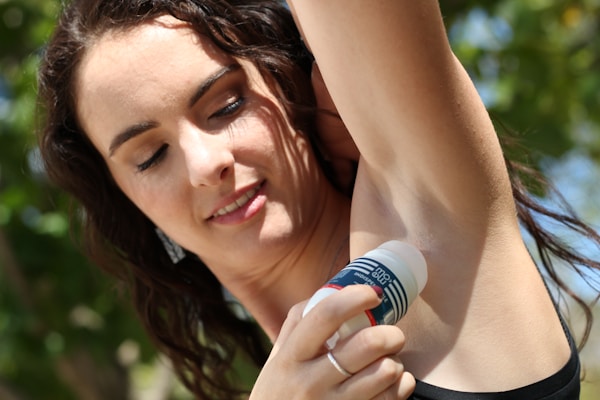Unwanted hair growth is a common concern for many individuals, affecting both men and women. While some may have an excess of hair in areas such as the face, underarms, or legs, others struggle with ingrown hairs and uneven textures. Thankfully, there are numerous strategies available to address this issue, ranging from temporary solutions to more permanent methods. In this article, we will explore several tips for managing unwanted hair growth, including an overview of these various techniques.
Exploring Different Hair Removal Methods
When seeking to manage unwanted hair growth, it is crucial to understand the various removal techniques available. Each method has its own set of pros and cons, and understanding these factors will allow you to make an informed decision about which option best suits your needs.
- Shaving: This is the most common and cost-effective method, suitable for both men and women. However, it is only a temporary solution and may lead to ingrown hairs or irritation.
- Waxing: Waxing offers longer-lasting results compared to shaving and is suitable for larger areas of the body. However, it can be painful and may cause skin irritation.
- Epilation: This method involves the use of a device that mechanically removes hair by pulling it out from the root. While it can provide longer-lasting results than shaving, it may be painful and time-consuming.
- Laser Hair Removal: This technique uses laser light to target the pigment in the hair, damaging the hair follicle and reducing future hair growth. The average laser hair removal cost varies depending on the size of the treatment area and the number of sessions required. However, it is generally more expensive than other methods but can provide long-lasting results.
Establishing a Hair Removal Routine

Developing a consistent hair removal routine is essential for effectively managing unwanted hair growth. Depending on your chosen method, you may need to remove hair as often as every few days (shaving) or as infrequently as every few weeks (waxing, epilation, or laser treatments). It is crucial to find a routine that works for your lifestyle and to stick with it for the best results.
Caring for Your Skin Post-Hair Removal
Proper skin care after hair removal is essential to minimize irritation and promote healthy skin. Regardless of the method you choose, make sure to follow these steps: First, gently cleanse the treated area with mild soap and lukewarm water to remove any residual hair removal product or dead skin cells. Second, exfoliate the skin 24-48 hours after hair removal to help prevent ingrown hairs by removing dead skin cells and encouraging healthy hair growth. Third, apply a non-comedogenic moisturizer to the treated area to replenish moisture and soothe the skin. Finally, if your hair removal method exposes the skin to the sun, make sure to apply sunscreen with an SPF of at least 30 to shield your skin from harmful UV rays.
Knowing When to Seek Professional Help

While many hair removal methods can be safely performed at home, it is essential to recognize when it may be necessary to consult a professional. If you experience excessive redness, swelling, or pain following removing hair, it could be a sign of an infection or a more serious skin reaction. Additionally, if you are considering laser hair removal, it is crucial to seek treatment from a licensed and experienced professional to ensure your safety and the best possible results.
In conclusion, unwanted hair growth can be a frustrating and challenging issue for many individuals, but it’s important to remember that there are solutions available. From temporary methods like shaving or depilatory creams to more permanent solutions like laser hair removal, there are various ways to effectively manage unwanted hair growth. By following the tips outlined in this article and finding a removal routine that works for you, you can achieve smooth, hair-free skin and feel confident in your appearance.










